
I've been interested in radios and communication for a while, and I've always wanted a radio for my car. There's a barrier to entry with mobile radios, however, and most quality units start at $200 or more. My goal with this project is to design and build a fully open-source, easy to build and decent-performing mobile radio capable of using the entire VHF spectrum.



Those little radio modules will give you about a 10 meter range by themselves, so we need to give them a boost. There are countless ways to amplify RF signal, and after searching for a while and asking around I've settled on using the RA30H1317M from Mitsubishi, which boasts a modest 30W of power and runs on 12.5V, perfect for using in an automotive setting. The module takes 100mW of input power, while the '818 puts out 500mW on low and 1W on high, so we'll need to throw in an input attenuator so we don't kill our (relatively speaking) expensive amplifier. Really, the most expensive part of this build is that amp, so don't drop it!


I've always been a huge fan of those nice-looking extruded aluminum enclosures that can be had from several manufactures like Hammond, Taketchi, etc. I chose an enclosure from Hammond for several reasons. It's got plastic end panels which are much easier to cut and machine than aluminum. It's got a decent amount of space inside but is still relatively affordable. It can be used as a heatsink for our power amp (40% efficiency is a wonderful thing if you want to warm up a room) and above everything else, it just looks nice.
That's all for now; I'll be adding and updating the details as I finalize more of the plan, and maybe I'll even get a schematic up within the next month or so.
Cheers!
 Patrick McDonnell
Patrick McDonnell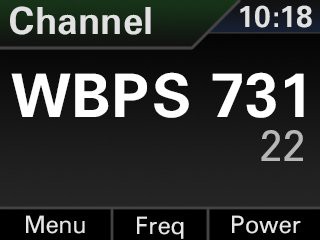
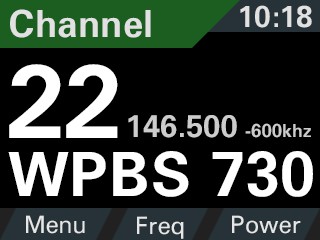
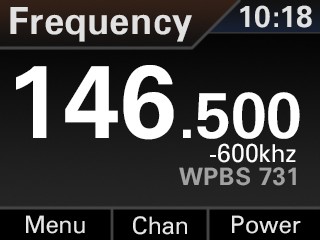 New:
New: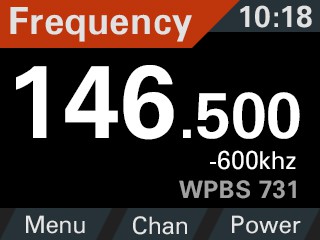
 Yep, that guy. From browsing around forums and reference sites it seems the venerable RJ45 plug is one of the more common types of plugs for mobile radio microphones. But of course, we can't expect companies to agree on one standard pinout for it though, right? Yes, it seems each microphone from each company uses its own special pinout.
Yep, that guy. From browsing around forums and reference sites it seems the venerable RJ45 plug is one of the more common types of plugs for mobile radio microphones. But of course, we can't expect companies to agree on one standard pinout for it though, right? Yes, it seems each microphone from each company uses its own special pinout.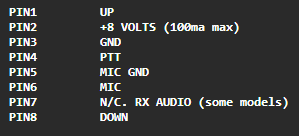
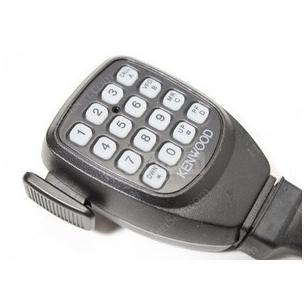
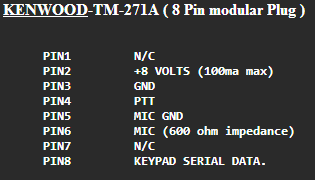 The devil is in the details. You can see above that Pin 8 is used for keypad serial data, however there's no documentation as to what kind of communication there is between the microphone and the radio itself. I don't have one of these microphones, or a logic analyzer for that matter, so unless there's more information out there about this serial line it looks like entering frequencies will have to be done by hand.
The devil is in the details. You can see above that Pin 8 is used for keypad serial data, however there's no documentation as to what kind of communication there is between the microphone and the radio itself. I don't have one of these microphones, or a logic analyzer for that matter, so unless there's more information out there about this serial line it looks like entering frequencies will have to be done by hand.


Very cool...they even have the 440mhz modules as well...not sure if that amp can run at those frequencies. Very very cool..definitely following this for sure!